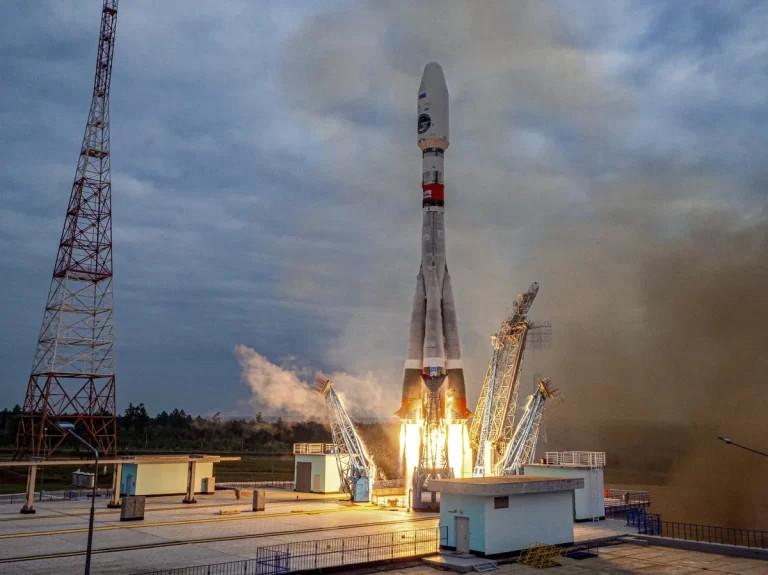Estimated reading time: 4 minutes

Table of contents
- Recent News Update on Yukon River
- Why is the Yukon River Important?
- Where Does the Yukon River Originate?
- What Makes the Yukon River Geographically Significant?
- Major Tributaries of the Yukon River?
- How Has this River Influenced Human History?
- Why is the Yukon River Ecologically Important?
- How is Climate Change Impacting the Yukon River?
- Quick Facts about Yukon River
- FAQs
- Also Read
Recent News Update on Yukon River
The Yukon River is prominently in the news due to a major landslide in May 2025, which partially blocked its channel near Lake Laberge in Canada, significantly reshaping the river’s course and causing concern among geologists.
Additionally, the river is under focus because of ongoing crises in salmon populations, with Indigenous leaders and scientists calling for an overhaul in fisheries management to address severe declines caused by climate change, overfishing, and habitat disruption.
Why is the Yukon River Important?
The Yukon River is one of the longest rivers in North America, flowing through Canada and Alaska before draining into the Bering Sea. Known for its vast basin, rich biodiversity, and historical role during the Klondike Gold Rush, the river remains a lifeline for indigenous communities and a subject of global climate studies.
Where Does the Yukon River Originate?
The Yukon River originates from Llewellyn Glacier in British Columbia, Canada, flowing northwest through the Yukon Territory and Alaska, and finally emptying into the Bering Sea.
- Total Length: ~3,190 km (1,982 miles)
- Basin Area: Over 850,000 sq. km
- Countries Covered: Canada and USA
The river’s journey across diverse landscapes makes it vital for understanding glacial meltwater, permafrost regions, and Arctic drainage systems.
What Makes the Yukon River Geographically Significant?
The Yukon River is geographically important because:
- It is North America’s third-longest river system.
- Its basin covers vast tundra, boreal forests, and mountain ranges.
- The river is a major Arctic drainage system.
- It supports hydrological studies of permafrost and glacial melt.
It also plays a critical role in studying climate change impacts in Arctic and sub-Arctic regions.
Major Tributaries of the Yukon River?
It has many important tributaries:
- Porcupine River
- Pelly River
- Stewart River
- Koyukuk River
- Tanana River
These tributaries contribute to its large drainage basin and seasonal flood patterns.
How Has this River Influenced Human History?
The river was central to the Klondike Gold Rush (1896–1899), when thousands traveled along it to reach Dawson City.
- Indigenous peoples, including the Yupik, Athabascans, and Inuit, relied on it for fishing and transportation.
- Today, the river continues to support subsistence fishing, small settlements, and eco-tourism.
Why is the Yukon River Ecologically Important?
- It provides spawning grounds for salmon species like Chinook, Chum, and Coho.
- It sustains wetlands, migratory birds, and Arctic ecosystems.
- The river’s water is relatively clean, making it crucial for freshwater biodiversity.
However, climate change, mining, and overfishing pose severe threats to its ecology.
How is Climate Change Impacting the Yukon River?
Climate change has accelerated:
- Glacier retreat, reducing water inflow.
- Permafrost thaw, releasing sediments and greenhouse gases.
- Declining salmon populations, threatening indigenous livelihoods.
Studies show that this River is a climate-sensitive ecosystem, serving as an indicator of Arctic environmental changes.
Quick Facts about Yukon River
| Feature | Details |
| Continent | North America |
| Countries Covered | Canada (British Columbia, Yukon) and USA (Alaska) |
| Origin | Llewellyn Glacier, British Columbia, Canada |
| Mouth | Bering Sea (western Alaska) |
| Total Length | ~3,190 km (1,982 miles) |
| Drainage Basin Area | ~850,000 sq. km |
| Major Tributaries | Porcupine, Pelly, Stewart, Koyukuk, Tanana |
| Ecological Importance | Salmon spawning grounds, migratory birds, Arctic ecosystems |
| Historical Importance | Route during the Klondike Gold Rush (1896–1899) |
| Current Issues | Declining salmon populations, climate change, permafrost thaw |
| Major Uses | Fishing, subsistence livelihood, eco-tourism, transportation |
FAQs
Q1. Which sea does the Yukon River drain into?
The Yukon River drains into the Bering Sea.
Q2. What is the length of the Yukon River?
The Yukon River is about 3,190 km long, making it one of North America’s longest rivers.
Q3. Why is the Yukon River famous in history?
It became famous during the Klondike Gold Rush, when it was a key transportation route.
Q4. What is the ecological concern in the Yukon River today?
The main concern is the decline in salmon populations due to overfishing, climate change, and habitat disturbances.





























